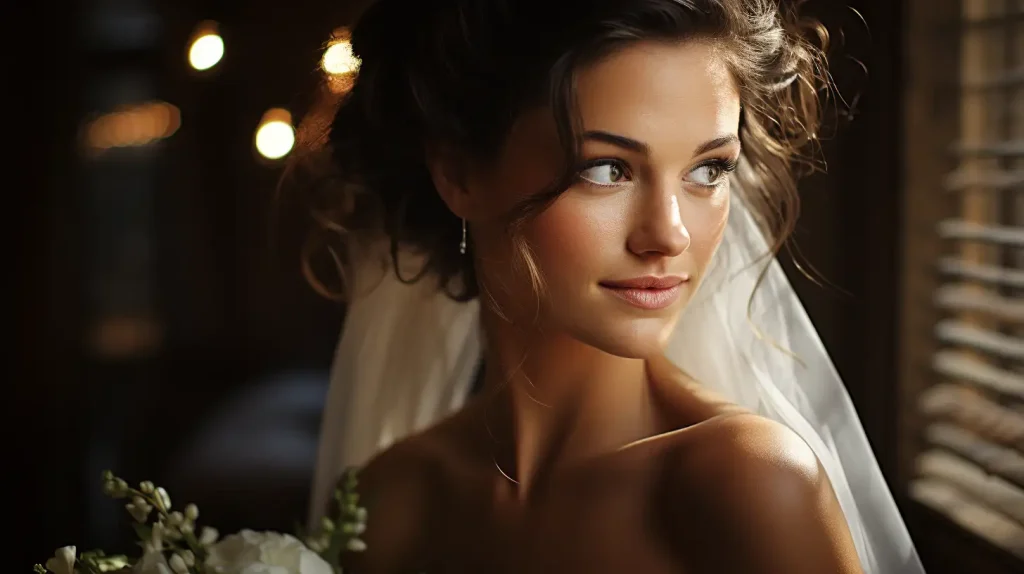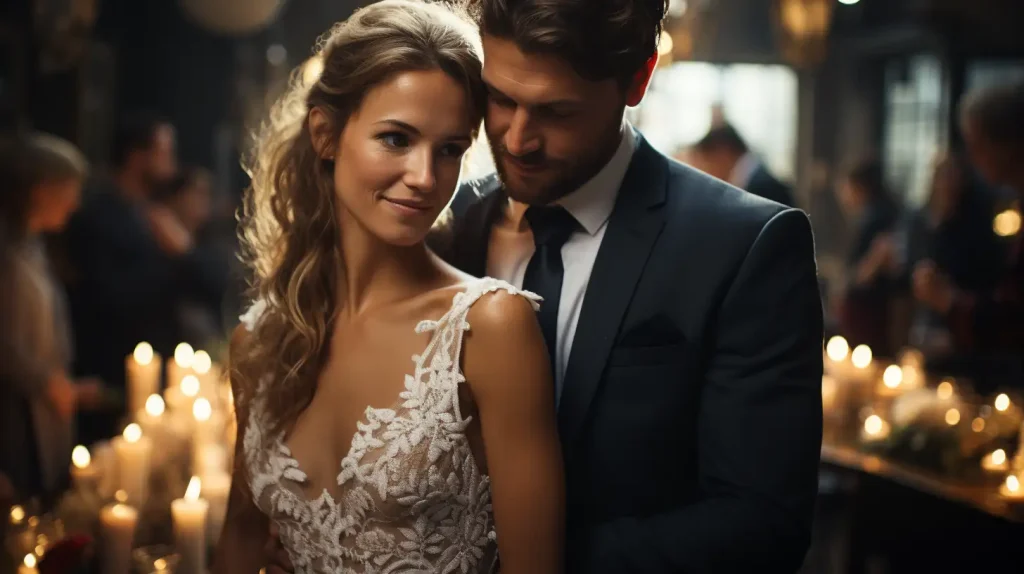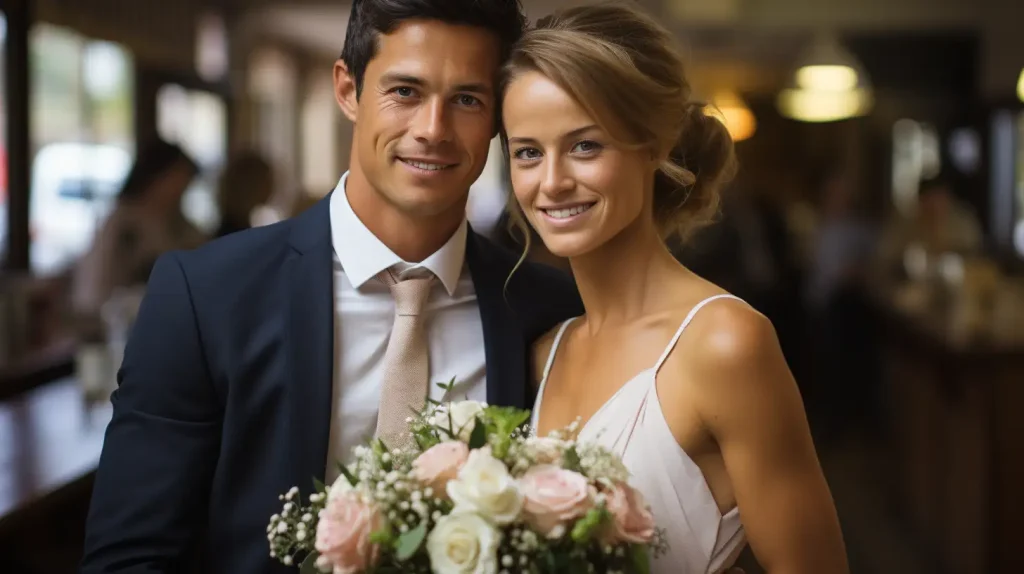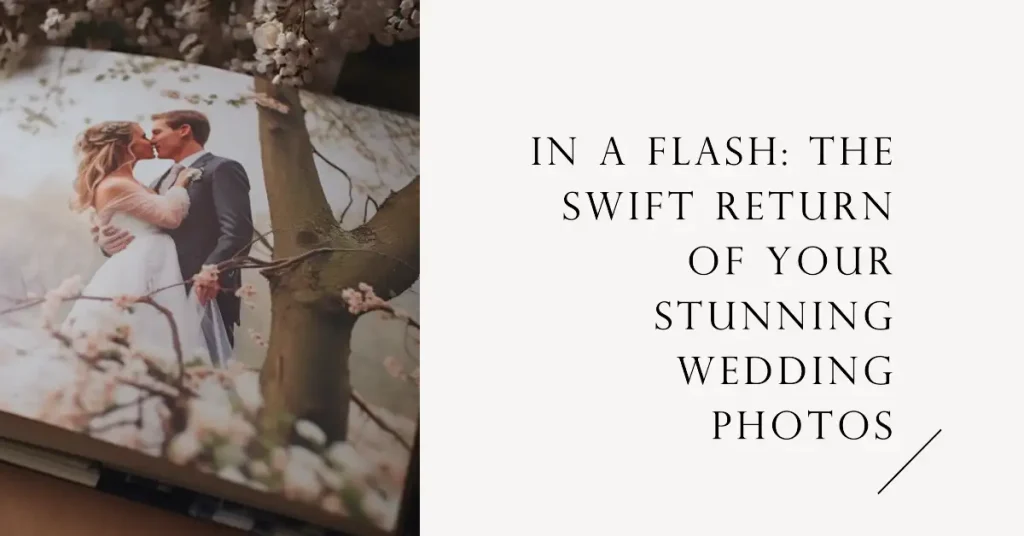Table of Contents
Weddings are magical occasions, a time when memories are made and cherished forever. Among the most important aspects of capturing these moments is wedding photography. It’s not just about taking pictures; it’s about preserving the essence of love, joy, and celebration that defines your special day. However, many couples inadvertently make mistakes that can affect the quality and impact of their wedding photographs. From choosing the right photographer to understanding the nuances of lighting and style, wedding photography requires careful consideration and planning. In this article, we will explore the top 10 wedding photography mistakes to avoid, ensuring that your wedding album is as beautiful and meaningful as your love story.
Mistake #1: Not Researching the Photographer
One of the most significant mistakes couples make when planning their wedding is not investing enough time in researching their photographer. Your wedding photographer is responsible for capturing the essence of your big day, and their style, expertise, and approach can significantly influence the outcome.
Importance of Research
Start by looking at various photographers’ portfolios to understand their style and quality of work. Pay attention to how they capture emotions, handle lighting, and compose their shots.
- Carter, Lisa (Author)
- English (Publication Language)
- 107 Pages - 04/06/2024 (Publication Date) - Independently published (Publisher)
Checking Reviews and References
Look for reviews and testimonials from previous clients. This can give you an insight into their professionalism and how they interact with clients during the event.
Meeting in Person
If possible, meet with the photographer in person or have a video call. This meeting is not just about discussing details but also about gauging whether their personality and working style will be a good fit for your wedding.
Photographer’s Experience
Inquire about their experience, particularly in handling weddings. Experienced photographers are more adept at dealing with unexpected situations and capturing fleeting moments.
Mistake #2: Overlooking the Photography Style

Choosing a photographer whose style aligns with your vision is crucial. Wedding photography comes in various styles, and understanding these can help you select the right photographer for your day.
Understanding Different Styles
Familiarize yourself with the different styles of wedding photography, such as traditional (posed and structured), candid (natural and spontaneous), documentary (storytelling), and artistic (unique and creative angles).
Matching Style with Personality
Consider what style reflects your personality as a couple. Do you prefer classic and timeless photos, or are you more inclined towards a modern, artistic approach?
Viewing Sample Albums
Ask to see full wedding albums that the photographer has completed. This gives a more comprehensive view of their style and skill than just the highlights in their portfolio.
Discussing Expectations
Clearly communicate your expectations and preferences. If you have specific ideas or themes in mind, discuss these with your photographer to ensure they can capture the essence of your vision.
Mistake #3: Insufficient Planning
One often overlooked aspect of wedding photography is the importance of thorough planning. Without a well-thought-out plan, key moments can be missed, and the photography may not reflect your day as you envisioned.
Creating a Timeline
Develop a detailed timeline with your photographer. This should include key moments like the ceremony, reception, and specific shots you desire. A clear timeline helps the photographer prepare and capture each moment effectively.
Scouting Locations
Before the wedding, scout the locations with your photographer. This allows them to plan shots, consider lighting, and identify backup options in case of unforeseen circumstances like weather changes.
Discussing Key Moments
Ensure your photographer is aware of the most important moments you want captured, such as the first kiss, first dance, or a special family tradition. Highlighting these moments ensures they are not missed.
Backup Plans
Discuss backup plans for unexpected situations, like bad weather or equipment failure. A prepared photographer will have contingencies in place to handle these challenges.
Mistake #4: Ignoring Lighting Conditions
Lighting plays a pivotal role in photography and neglecting it can lead to less than ideal wedding photos. Understanding and planning for various lighting conditions is essential.

Importance of Natural Light
Natural light is often the most flattering for photographs. Discuss with your photographer the best time for outdoor photos, typically during the golden hour—shortly after sunrise or before sunset.
Handling Indoor Lighting
Indoor venues can have challenging lighting conditions. Your photographer should be experienced in dealing with mixed lighting, dim rooms, or fluorescent lights.
Using Artificial Lighting Wisely
Professional photographers can skillfully use flash and other artificial lighting to enhance photos. However, excessive use can create harsh shadows or an unnatural look.
Planning for Different Times of the Day
If your wedding spans different times of the day, plan accordingly. For example, an evening reception will require different lighting considerations compared to an afternoon ceremony.
Mistake #5: Forgetting a ‘Shot List’
A common oversight in wedding photography is neglecting to create a ‘shot list’—a checklist of must-have photos for your wedding day.
Defining the Shot List
A shot list is a detailed enumeration of specific photos you want captured, such as family groupings, special moments, and unique elements of your wedding.
Collaborating with Your Photographer
Share your shot list with your photographer well in advance. This ensures they are prepared and understand your priorities.
Balancing Spontaneity and Planning
While it’s important to capture planned shots, leave room for spontaneous moments. A skilled photographer can balance both to create a comprehensive portrayal of your day.
Involving Key Family Members
Inform family members and friends involved in the shot list about the schedule. This helps in organizing group photos efficiently and ensures no one is missed.
Mistake #6: Underestimating the Importance of a Pre-Wedding Shoot
Many couples overlook the value of a pre-wedding or engagement shoot, but it can be a significant part of the wedding photography experience.
Familiarity with the Photographer
A pre-wedding shoot helps you get comfortable with your photographer’s style and approach, easing any camera shyness before the big day.
Testing Photo Ideas
Use this opportunity to try out different poses, styles, or themes. It’s a chance to see what works best for you as a couple.
Building a Relationship
It allows you and the photographer to build rapport, ensuring better communication and understanding for the wedding day.
Memorable Keepsakes
Pre-wedding photos are not just practice shots; they are beautiful memories that complement your wedding album and can be used for invitations or decorations.
Mistake #7: Not Allocating Enough Time for Photography
A frequent mistake in wedding planning is failing to allocate sufficient time for photography, leading to rushed or missed shots.
Realistic Time Allocation
Discuss with your photographer how much time is needed for each segment of photography. Include time for formal shots, candid moments, and any special requests.
Buffer Time for Unplanned Delays
Weddings often run off-schedule. Adding buffer time ensures that unexpected delays don’t cut into your photography session.
Prioritizing Photography in the Schedule
Make photography a priority in your wedding timeline. Avoid squeezing it into tight slots between other events.
Communication with Other Vendors
Ensure other vendors (like the caterer or event planner) are aware of your photography schedule to avoid conflicts.
Mistake #8: Neglecting the Background and Scenery

The background and scenery in wedding photographs play a crucial role in setting the tone and ambiance of the images.
Choosing the Right Backgrounds
Select locations with backgrounds that enhance, not distract from, the subjects. Consider the aesthetic and how it complements your wedding theme.
Avoiding Cluttered or Busy Scenes
A cluttered background can take the focus away from the couple. Look for clean, serene backdrops that add to the beauty of the photograph.
Using Scenery to Tell a Story
The right scenery can add a narrative element to your photos, whether it’s a romantic beach sunset or a quaint, cobblestone street.
Checking the Backgrounds During the Event
Be mindful of the backgrounds during the wedding day. Simple adjustments, like moving a few steps, can dramatically change the composition of a photo.
Mistake #9: Failing to Communicate Preferences and Expectations
Effective communication with your photographer about your preferences and expectations is crucial for ensuring your wedding photos turn out as you envision.
Expressing Your Vision
Share your vision and ideas with your photographer. Whether it’s specific poses, themes, or the overall mood of the photos, clear communication is key.
Discussing Do’s and Don’ts
If there are certain styles or poses you dislike, make these known. This helps the photographer tailor their approach to suit your taste.
Providing Examples
Showing examples of photos you like can give your photographer a better understanding of your preferences.
Regular Check-ins
Schedule regular discussions with your photographer during the planning process to ensure you’re on the same page.
Mistake #10: Not Budgeting Appropriately for Photography
A common misstep is underestimating the budget for wedding photography, which can lead to compromises in quality and satisfaction.
Understanding Photography Costs
Be aware of what goes into the cost of wedding photography, including the photographer’s time, equipment, editing, and possible travel expenses.
Balancing Quality and Budget
While it’s important to stick to your budget, remember that photography is a lasting investment. Look for a balance between cost and quality.
Exploring Package Options
Photographers often offer various packages. Choose one that fits your needs and budget, and don’t hesitate to ask about customization.
Avoiding Last-Minute Add-Ons
Last-minute changes or additions can be costly. Plan your photography needs well in advance to avoid unexpected expenses.
Conclusion
Capturing the magic of your wedding day through photography is a beautiful way to preserve memories for a lifetime. By being mindful of these common mistakes, you can ensure that your wedding photos vividly reflect the joy, love, and unique essence of your special day. Remember, good photography is about more than just pictures—it’s about telling your love story. Take the time to communicate with your photographer, plan carefully, and consider the finer details, and you’ll be rewarded with a wedding album that you’ll treasure forever.






